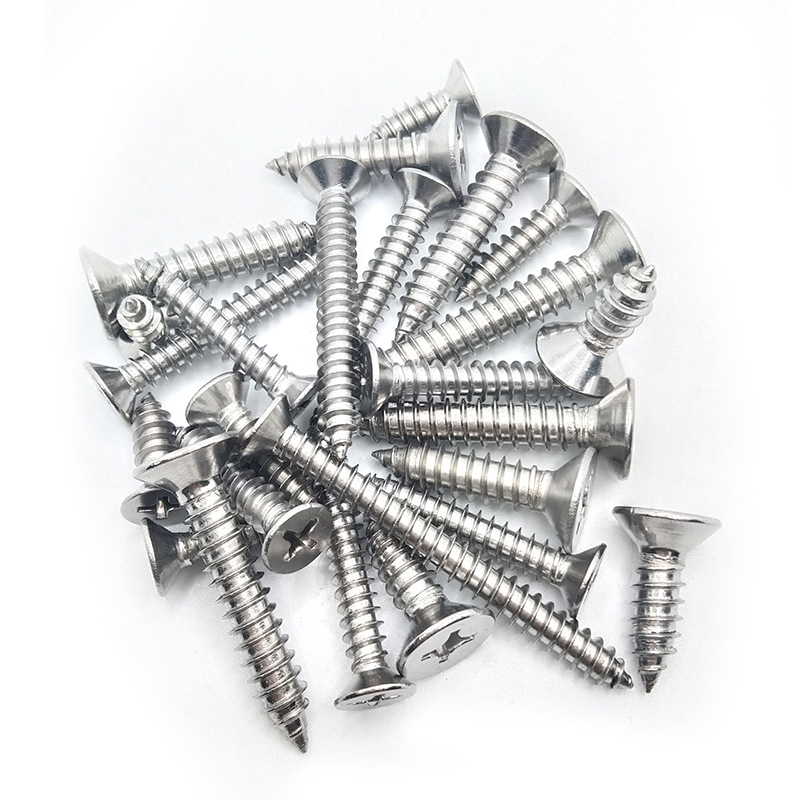

self drilling and self tapping screws
11월 . 06, 2024 00:12 Back to list
self drilling and self tapping screws
Understanding Self-Drilling and Self-Tapping Screws A Comprehensive Guide
When it comes to construction and assembly, choosing the right fasteners can make all the difference in terms of efficiency and durability. Among the myriad of fasteners available, self-drilling and self-tapping screws stand out for their ease of use and efficiency. While often used interchangeably, these two types of screws serve distinct purposes and have unique characteristics that cater to specific applications.
Self-Drilling Screws The Basics
Self-drilling screws, sometimes known as tek screws, are designed to drill their own holes in materials, allowing for a secure fit without the need for pre-drilling. These screws are particularly beneficial when working with hard materials such as metal or dense wood. The tip of a self-drilling screw features a sharp point that is engineered to cut through the material, creating its own hole. This feature significantly reduces installation time, making them ideal for rapid assembly tasks.
One prominent advantage of self-drilling screws is their versatility. They are commonly used in metal-to-metal applications, such as joining steel sheets, as well as in wood construction. Additionally, self-drilling screws often come with a coating that enhances corrosion resistance, making them suitable for outdoor applications where exposure to the elements is a concern.
Self-Tapping Screws An Overview
In contrast, self-tapping screws are designed to create their own threads in pre-drilled holes, allowing for a strong connection between various materials. While they can also be used in metal and wood, they require the user to drill a pilot hole before insertion. This makes self-tapping screws ideal for applications where precision is essential, such as in electronic devices or when fastening delicate components.
self drilling and self tapping screws

Self-tapping screws come in various configurations, including Types A, B, C, and AB, each suited for specific materials and applications. For instance, Type A is best for thin materials like sheet metal, while Type B is perfect for use in wood. The proper selection of a self-tapping screw type is critical to ensure optimal performance.
Choosing Between Self-Drilling and Self-Tapping Screws
The choice between self-drilling and self-tapping screws largely depends on the specific requirements of the project at hand. For instance, if speed and efficiency are of the essence, and if you are working with materials that can withstand the force of drilling, self-drilling screws are probably the best option. They simplify the fastening process and mitigate the need for multiple tools.
Conversely, if precision is crucial and the materials involved require a tighter fit, self-tapping screws are the way to go. Their ability to create threads in pre-drilled holes ensures that the connection remains stable and secure over time.
Conclusion
Both self-drilling and self-tapping screws play vital roles in construction and assembly industries. Understanding their unique functions, advantages, and suitable applications will empower professionals and DIY enthusiasts alike to make informed decisions about which fasteners to use. By selecting the right screws, one can ensure that projects not only meet structural requirements but also are completed efficiently and with lasting results. Whether you opt for the speed of self-drilling screws or the precision of self-tapping screws, the right choice will ultimately contribute to the success of your project.
Latest news
-
Premium Self Tapping Metal Screws: Strong & Easy Install
NewsAug.02,2025
-
Premium Fasteners Manufacturer | AI-Driven Solutions
NewsAug.01,2025
-
Hot Dip Galvanized Bolts - Hebei Longze | High Strength, Corrosion Resistance
NewsAug.01,2025
-
High-Strength Hot Dip Galvanized Bolts - LongZe | Corrosion Resistance, Custom Sizes
NewsAug.01,2025
-
Best Self Tapping Screws for Drywall - Fast & Secure Installation
NewsJul.31,2025
-
High-Strength Hot Dip Galvanized Bolts-Hebei Longze|Corrosion Resistance&Customization
NewsJul.31,2025

